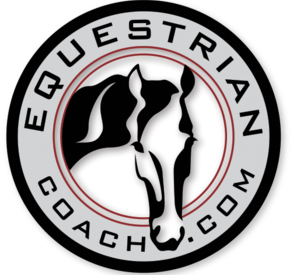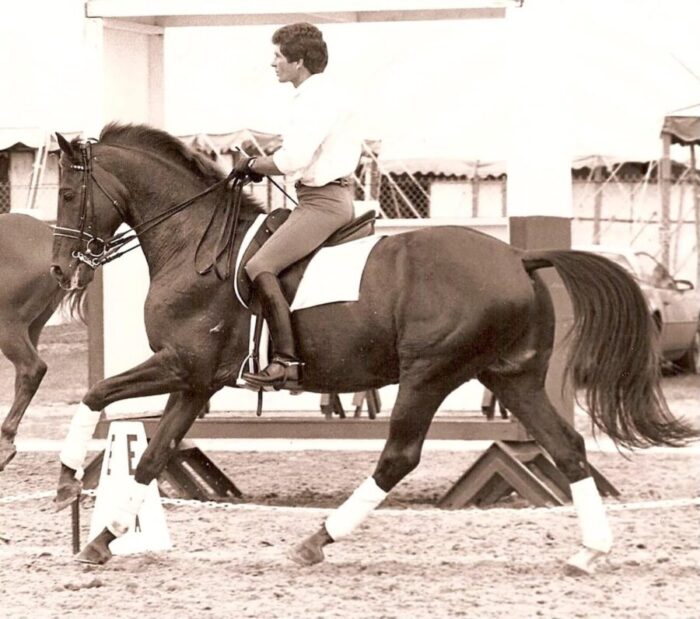Non-Clashing Aids
“Non-clashing aids.” I was recently asked about this phrase I frequently use, what it means, and how it pertains to my training philosophy. The core of my training is rooted in the American Hunter/Jumper Forward Riding System and is the basis of everything I do and teach in today’s modern sport. Simply put, this system is based on three parts: the position of the rider, the way we use our aids, and a schooling system.

I was privileged to train with masters like Johann Hinnemann and Christilot Boylen throughout the few years I rode and competed to Grand Prix dressage. Those years were instrumental to my career in many ways and further shaped how I teach and train show jumpers. There is a critical difference between classical dressage training and the “non-clashing aids” of the Forward Hunter/jumper Riding System.
Dressage is based on the combination of coordinated driving and restraining aids. This is necessary for the sport they do, but these are highly sophisticated aids that take a long time to develop understanding in horse and rider, and to be able to delicately coordinate these aids. Without understanding, delicate coordination and consideration, these aids can easily become clashing aids.
In dressage, a rider makes a downward transition by engaging the hind end by riding the horse forward from the rider’s seat and legs, riding energy up to a gathering hand. Dressage is based on collection and central balance with the rider balanced on the seat.

Rideability in the Forward Riding System comes from the repetition of clear, smooth, and prompt upward and downward transitions. Legs to drive forward, hands to come back. The rider’s leg still supports a downward transition but without a forward-driving effect. This is a “non-clashing” aid. These transitions practiced in a prompt way encourage natural engagement and balance, and develop agility and strength. The Forward Riding System is based on forward balance and non-clashing aids with the rider primarily balanced in the stirrups.
I further detail this concept and my training system in this feature: Keep At It Until You’re An Artist

